Taking Tiguan to the Outback: Gundabooka + Mutawintji National Parks
Now before you judge me for being a fool, I’ve lived in
Australia long enough to know that if you’re going to do something marginally
risky, at least be prepared for the risk. So before leaving Sydney I was
equipped with all the essentials: satellite phone, jerry can, jump leads and
Spotify playlist. The first few hours of driving (and by few I mean 8 hours 43
minutes) are all bitumen, and you can relax, especially once you leave the
hustle and terrible drivers of greater Sydney. I mean, obviously still watch
out for the road trains and prolific wildlife, but mostly, you’ll have the long
straight road to yourself. If you have more time, there are some great places
to stop along the way (Orange for wineries, Dubbo for the zoo, Parkes for The
Dish) but I was on a mission. Get. To. The. Outback.
Gundabooka National Park
Arriving in Gundabooka National Park just before dusk, it
was hard to believe we were still in NSW because that is some red earth. I find
nothing quite beats the first night out bush – readjusting to the total
silence, the smell of a cool evening after a hot day, and gazing up at the
infinite number of stars.
At the heart of Gundabooka is the Mulgowan (Yappa)
Aboriginal Art site. The next morning, after a strong coffee and early start to
beat the outback heat, we hiked through unspoilt bushland, negotiating large
boulders and rocky bluffs, eventually arriving at a large overhang covered in
paintings by the Ngemba and Paakandji people. Experiencing rock art at such
close proximity is an amazing experience and strong reminder of this ancient
culture that can be felt in so much of outback NSW.
Rising 500m above the floodplain is Mount Gundabooka. We
hiked this rugged peak just before sunset, trying to ignore the flies sticking
to our sweaty faces. But as the sun disappeared, so did the flies, and suddenly
the glowing surrounds were filled with bird life and we just sat and watched the
skies darken and the stars appear.
Back on the Road
I got used to the chat every time we arrived at a campground
– “oh wow, how’s your car coping with these roads” etc. (mostly accompanied by
a half laugh), but to be honest Tiguan was doing great. More than great! She
was handling the roads like an absolute champ. But the roads were in pretty
good condition, minimal corrugations and very dry; plenty of dust. That is,
until the drive to Mutawintji National Park.
I popped into the General Store at White Cliffs to pick up a
last minute essential (chocolate) and got chatting to a very intimidating
outback lady behind the till: “erm hi, so how is the road into Mutawintji?” “Shit”
“Oh right…so I shouldn’t attempt it?” (I point to Tiguan outside). I can see her
looking me up and down, trying to assess if this blonde girl with a British
accent knows what she’s doing with her (relatively) tiny car in the outback: “The
road’s corrugated as all f*ck but it will get you there.”
Beware Flash Flooding
One thing I didn’t know about the outback – its thunderstorm
country. They’re localised, unpredictable, and when they strike, terrifying. On
the road to Mutawintji we learnt a very good lesson as to why all the roads
have signs which say ‘DRY ROAD ONLY’. As the sky got darker and the lightning
got closer, the dry red dirt turned to mulch under Tiguan’s wheels, and the sound
of mud flicking over the car soon accompanied the distant rumbles of thunder. I’d
like to point out, that never at one point did it actually rain where we were.
This adds to the deceptive feeling of safety, because as long as it’s not
raining where you are, the roads will be okay right? WRONG. Turns out, all
those storms 100km away were causing the floodways to fill up on our road and
turning them into creeks. The first creek we crossed wasn’t by choice, but
there wasn’t enough traction for the breaks to work, so through it we ploughed,
water spraying up over Tiguan’s bonnet. The second creek we took with more care
at a slower pace, but the water was powerful enough to push Tiguan off-course. Half
floating, wheels still turning and with teeth gritted, we managed to manoeuvre
enough for Tiguan to crawl out of the creek. We parked up on the sodden earth. 70km
from nowhere and with daylight fading fast it was time to admit defeat, looks
like we were sleeping there for the night.
Mutawintji National Park
The next morning Tiguan finally made it to Mutawintji
National Park. Another great thing about the outback is the comradery of fellow
road trippers. As Tiguan crawled into the campground, covered in mud and
slightly worse for wear (as were we after the most uncomfortable sleeps I’ve
ever had), our camp neighbour Phil the stonemason comes over to check we’re
okay. After relaying our ordeal, we’re quickly ushered to seats beside a raging
fire and poured glasses of Baileys by his wife to “take the edge off”. Turns
out, Phil also writes poetry and is a repeat Mutawintji visitor so we got a
detailed guide to the park’s hikes and history in iambic pentameter.
Mutawintji is like “Great Valley” in The Land Before Time.
Giant colourful gorges rise up above rock pools and creeks, sprinkled with
caves, engravings and rock art. If you have a head for heights, the Bynguano
Range walking track is a must. We climbed high up over the rocky ridges for 360
views over the network of gorges and valleys below. The wildlife here is meant
to be abundant due to the permanent water source, but the only animals we saw
was one giant brown snake warming itself on the rocky track.
Final Thoughts
Outback NSW is an incredible place to experience; the historic towns, ancient landscapes and Aboriginal culture makes for a truly memorable trip. But this trip was a lesson in being prepared. Thunderstorms can spring out of nowhere and flash-flooding is common and dangerous. Road closures can last for days so being fully stocked with food, fuel and water at all times is a must, especially in remote areas. We spent the majority of our trip out of range, so the satellite phone was essential, but for emergencies an EPIRB would be better.
Outback NSW is an incredible place to experience; the historic towns, ancient landscapes and Aboriginal culture makes for a truly memorable trip. But this trip was a lesson in being prepared. Thunderstorms can spring out of nowhere and flash-flooding is common and dangerous. Road closures can last for days so being fully stocked with food, fuel and water at all times is a must, especially in remote areas. We spent the majority of our trip out of range, so the satellite phone was essential, but for emergencies an EPIRB would be better.
Oh, and even if you do have a proper 4WD which can handle
outback terrain in all weathers, the fine for driving on a closed road is $1000
PER TYRE. That’s an expensive risk to take.
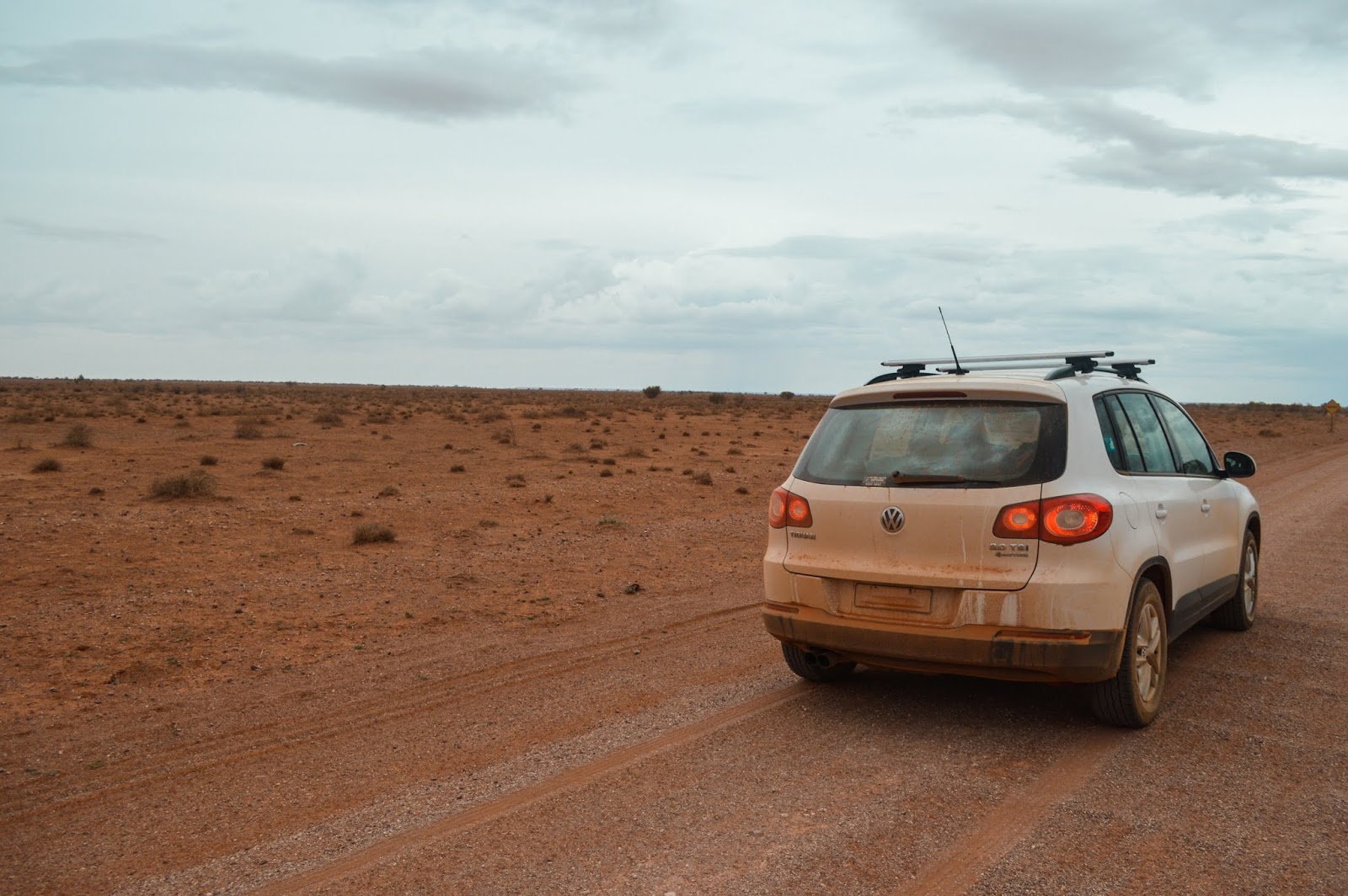


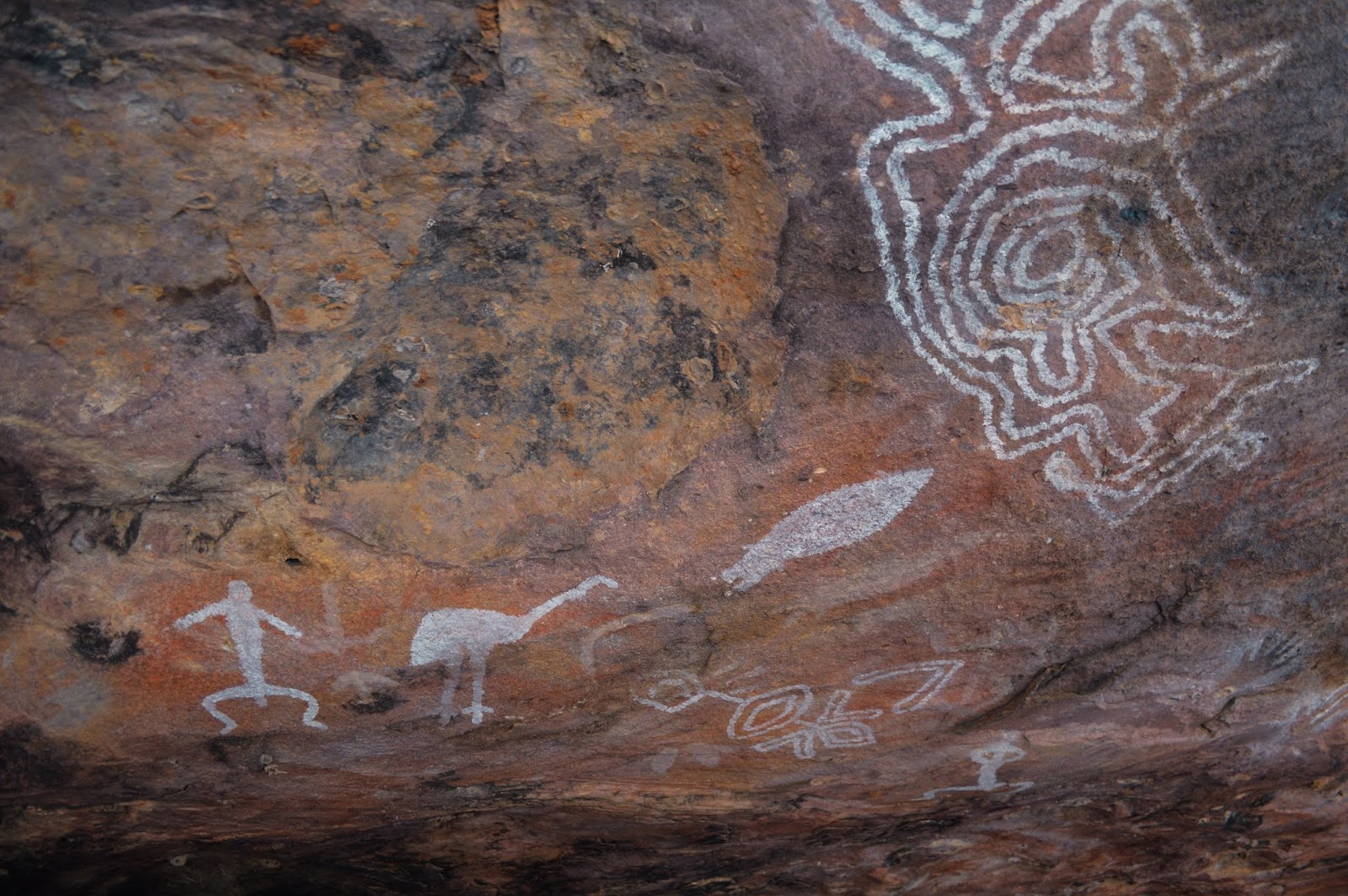


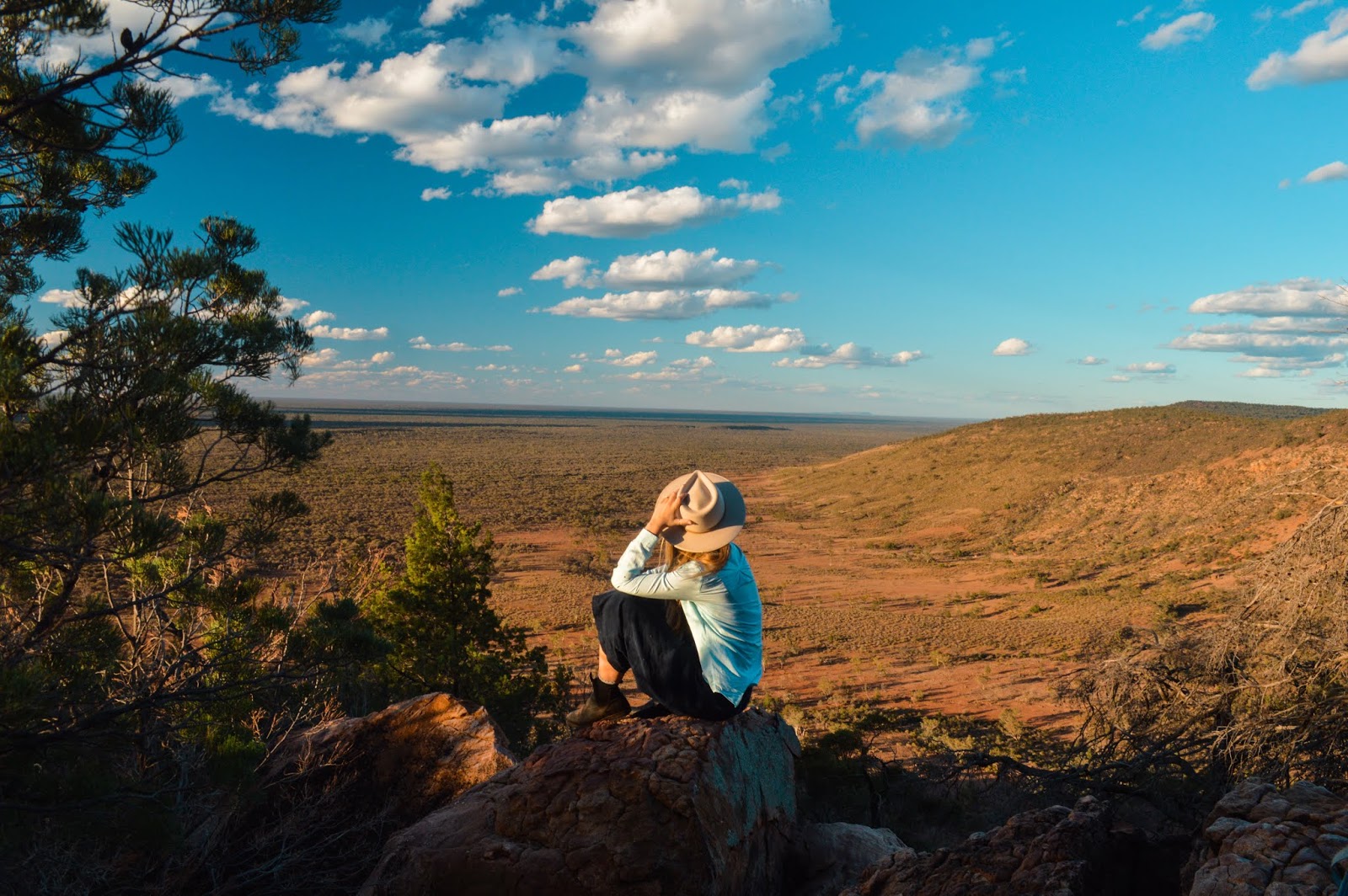
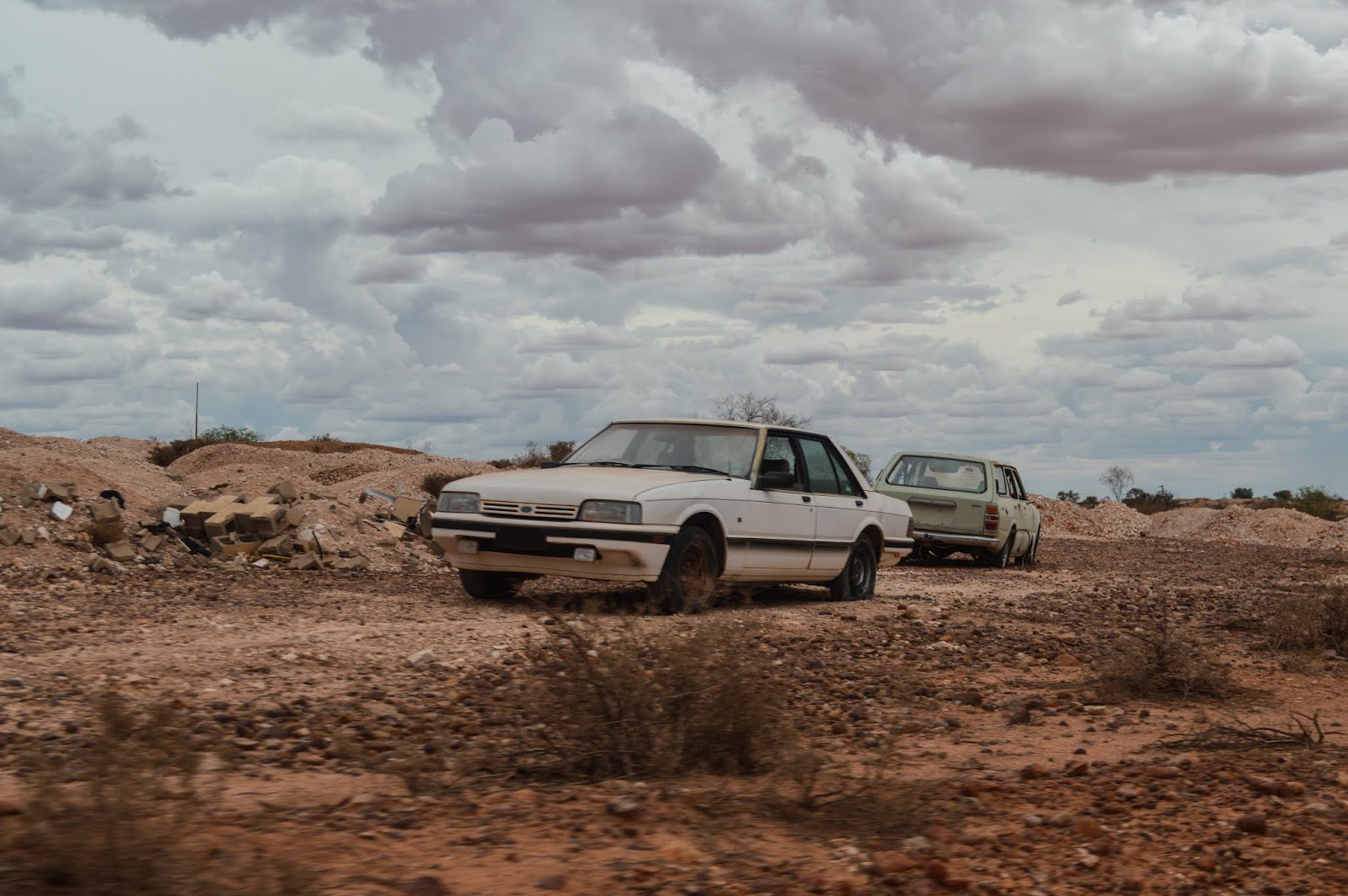
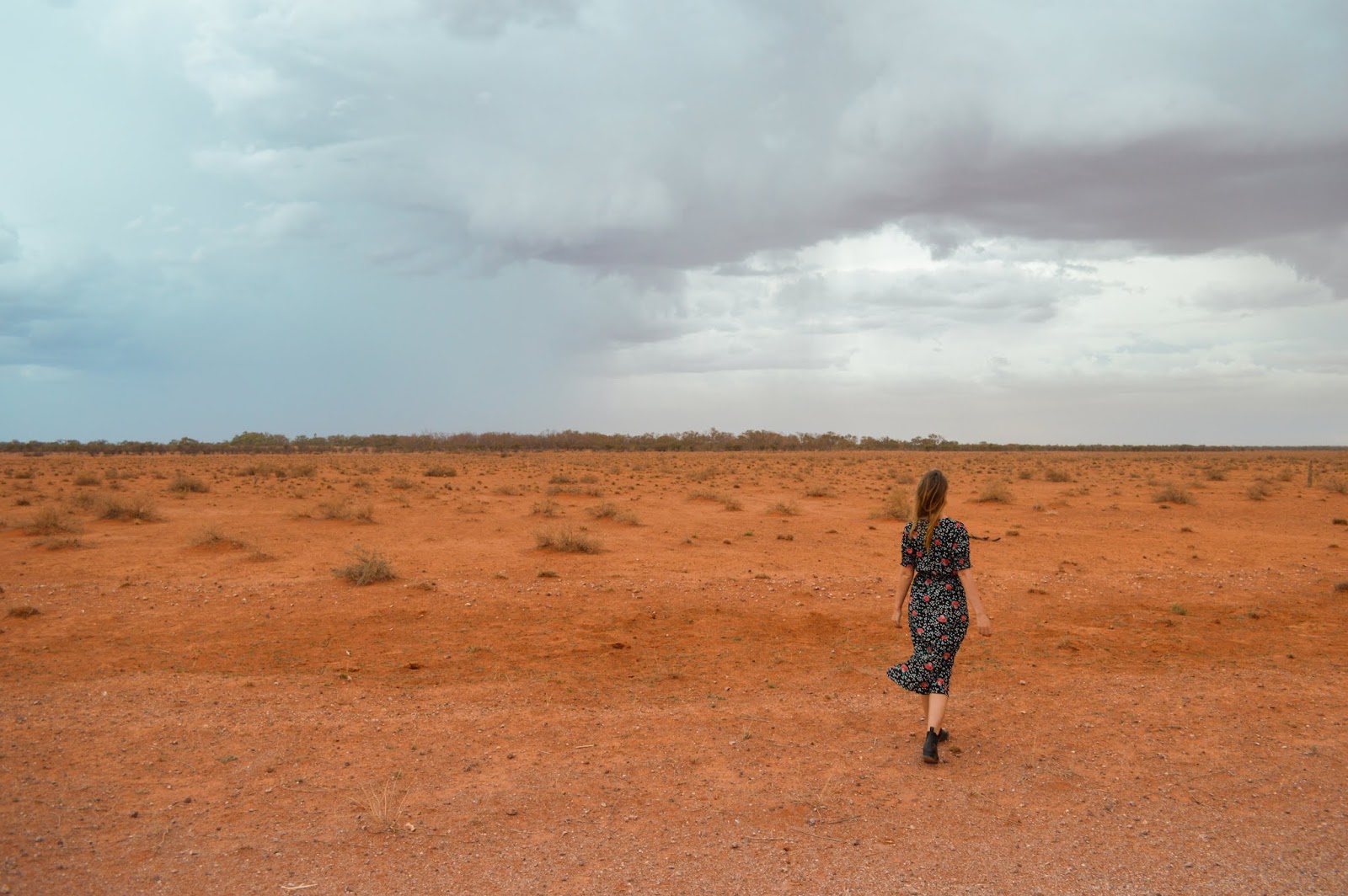
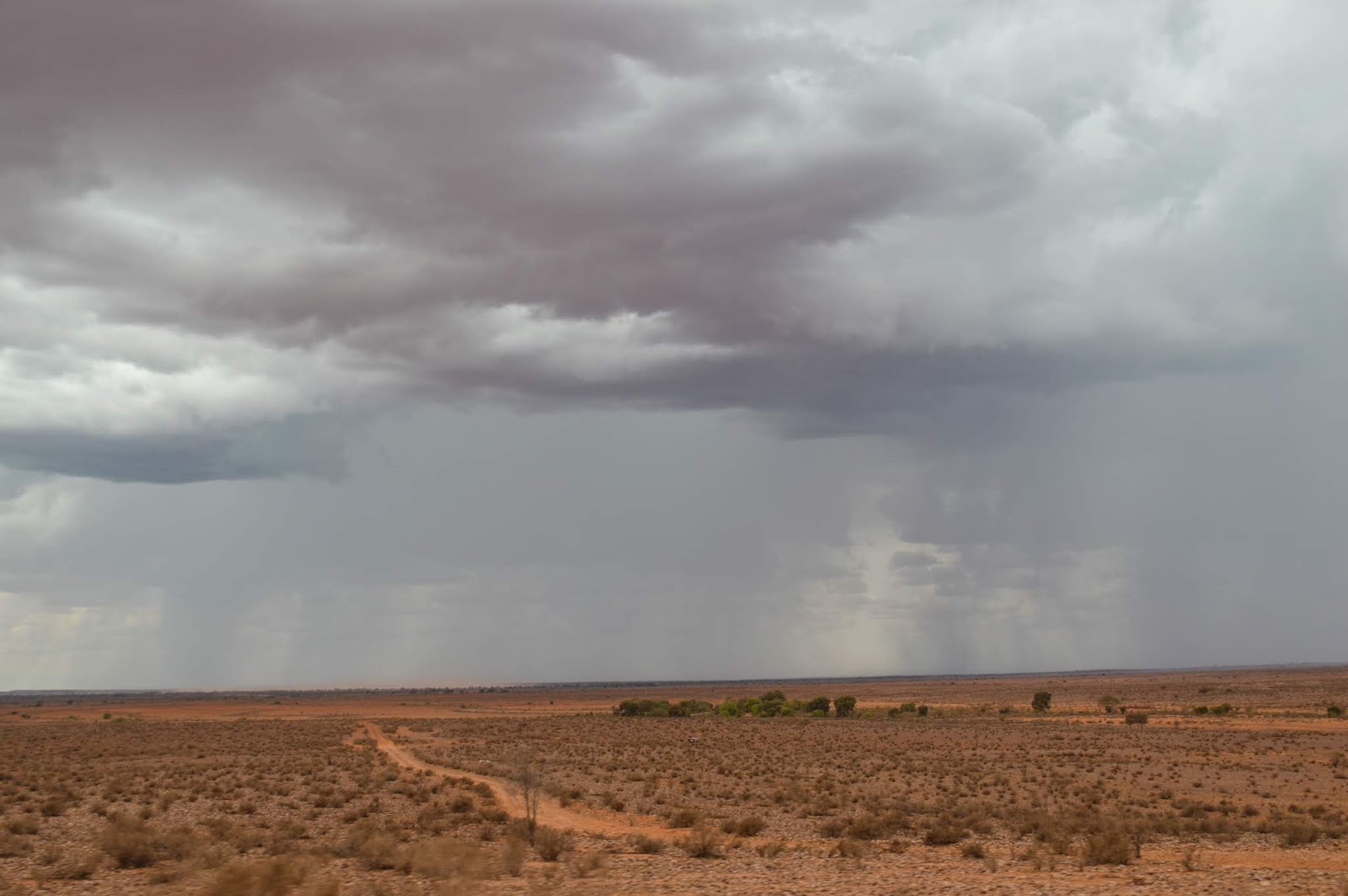


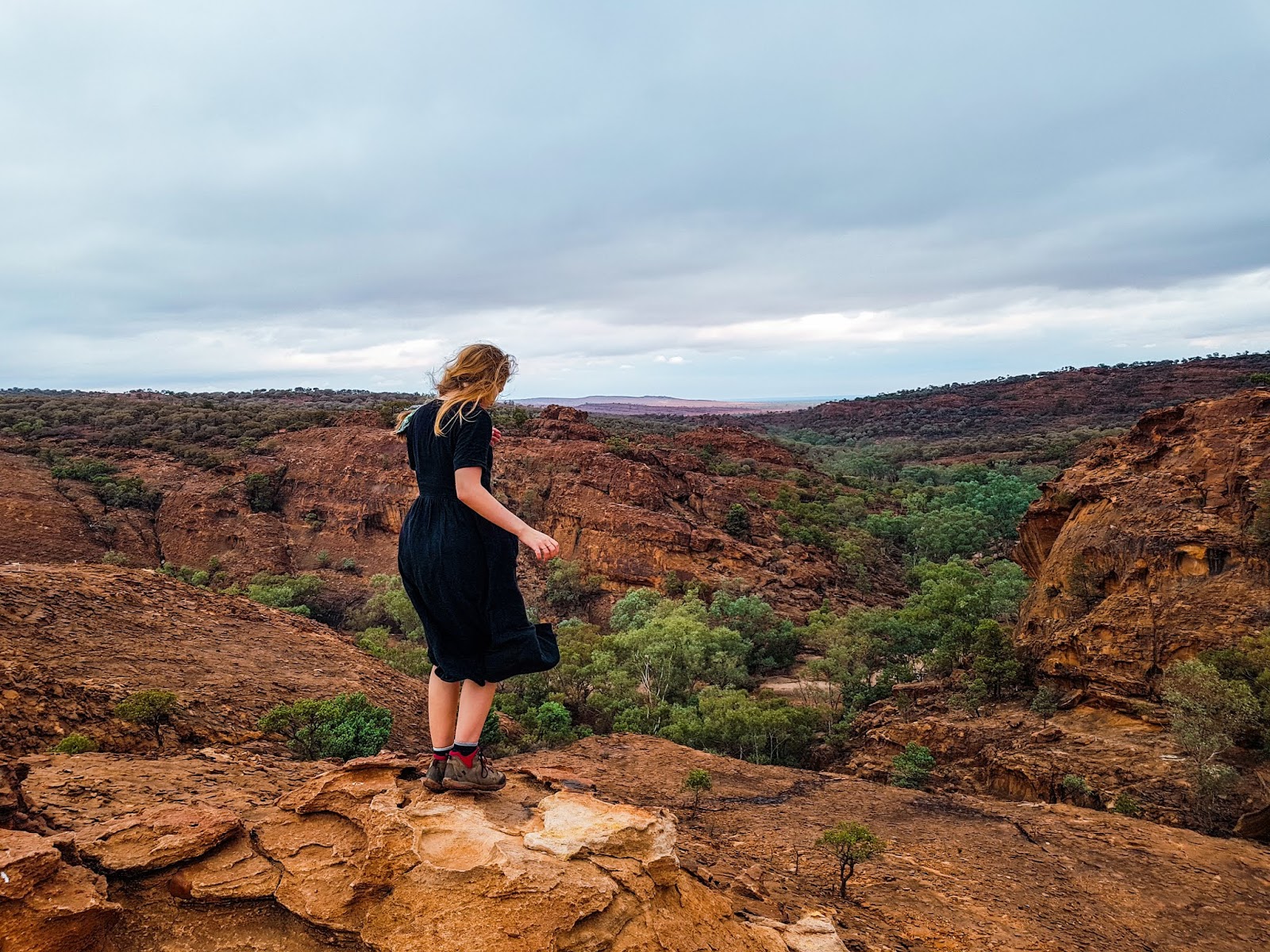
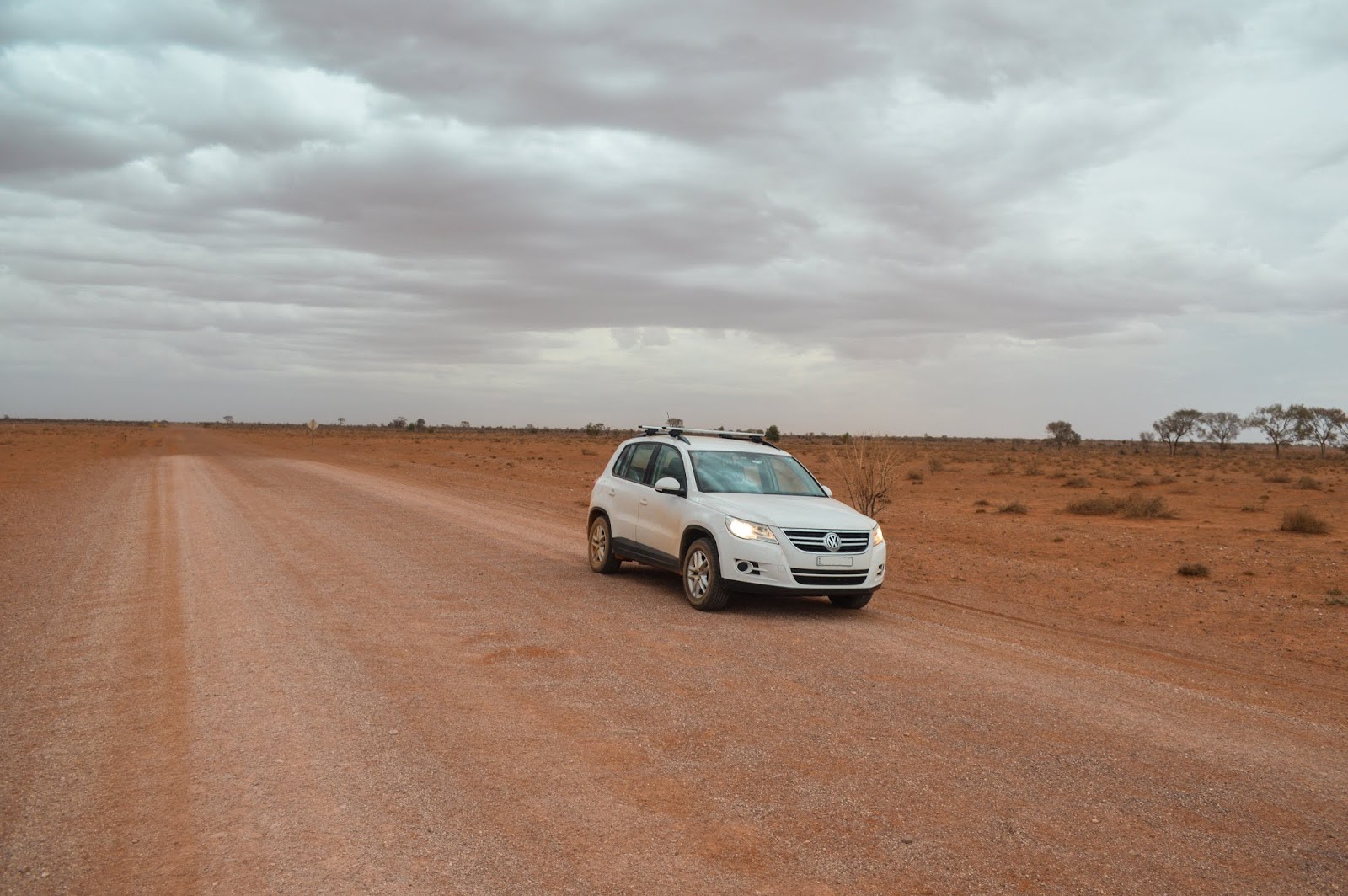
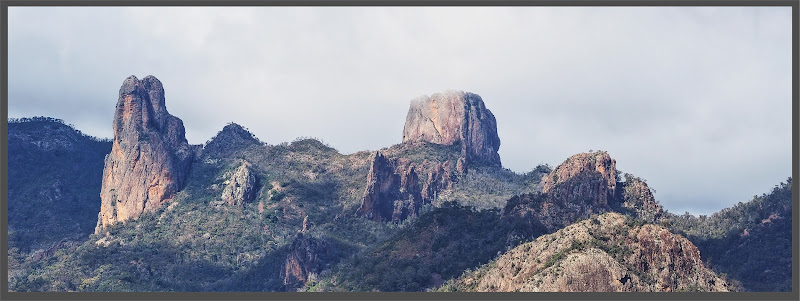
#lovemutawintji awesome place to visit, whether going on the 'marked' trails or in the wilderness zone
ReplyDeleteThanks Craig! I'd love to go back this year now that they've had some rain. Apparently the wildflowers have been amazing.
Delete